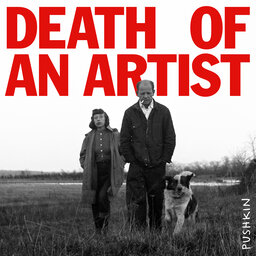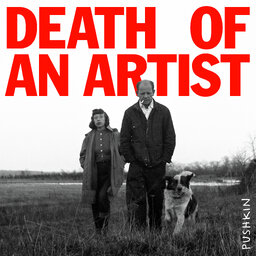The Numbers
In the wake of the #metoo and Black Lives Matter movements, art museums began publicly touting their dedication to diversity. In this episode, we hear from two arts journalists about whether there are actually more artworks by women and people of color on the walls.
 Death of an Artist
Death of an Artist


